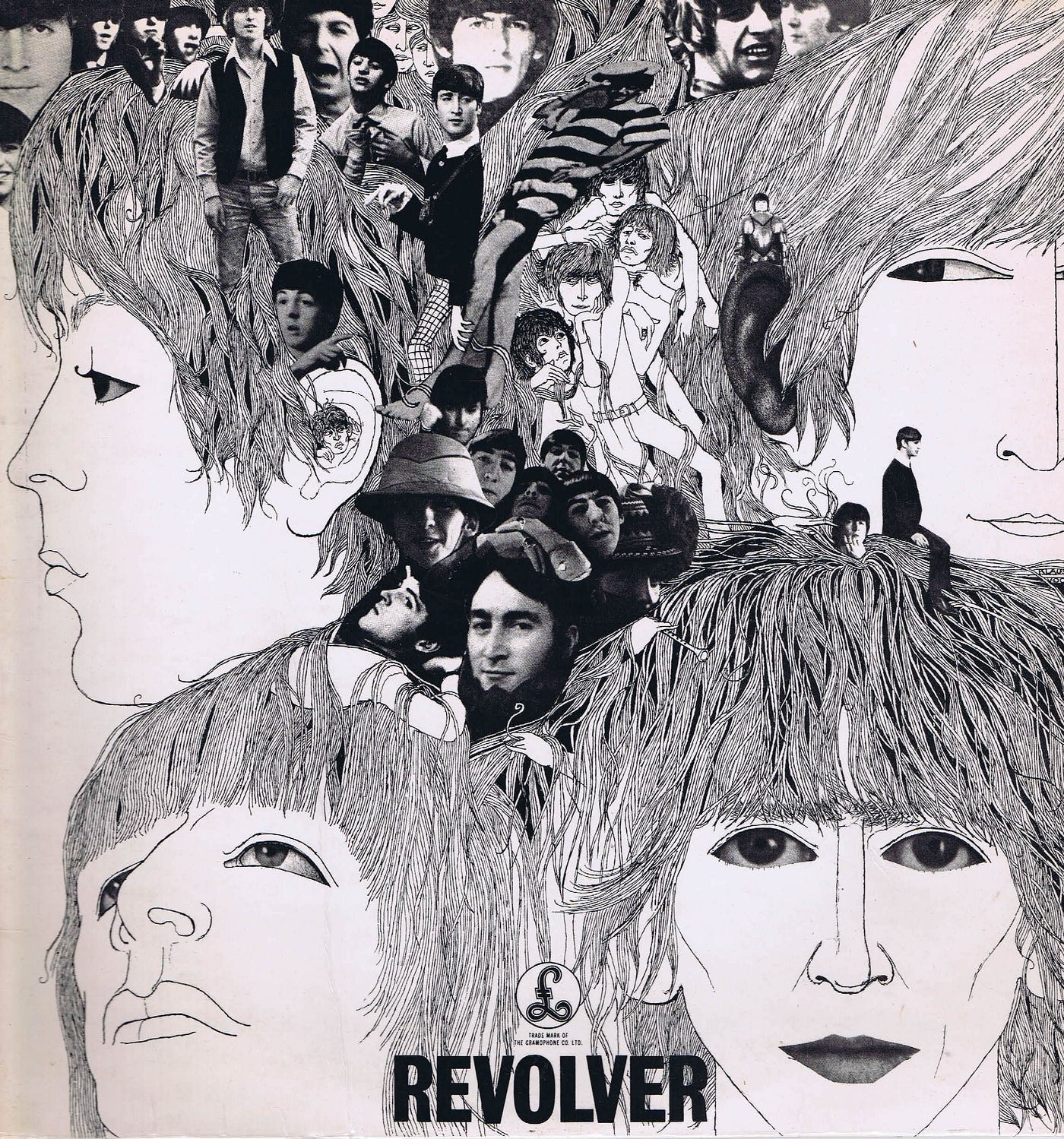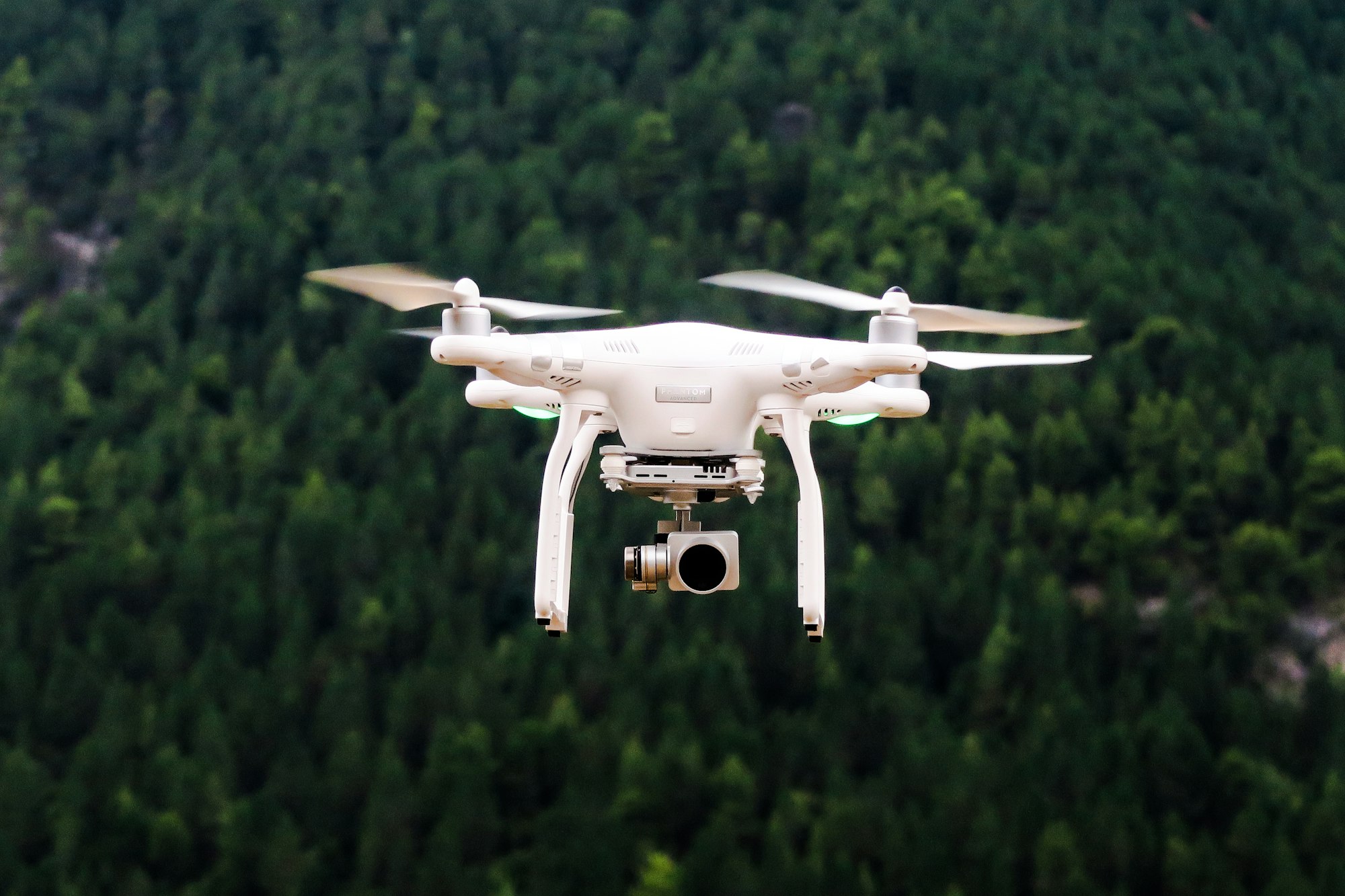1) 🧵 The gorgeous curved wall-quilts of Emily Van Hoff
I’m a huge fan of quilting art and its geometric patterns. It’s a genre that looked incredibly modern, and even digital, hundreds of years before computers existed: Vector graphics, created with scissors and stitching!
Emily Van Hoff’s work really caught my eye. The undulating curves of her work really do something cool when counterposed with the square-edged lines of quilting. As Colossal writes …
Emily Van Hoff merges her background in graphic design with the practical crafting skills she picked up as a child in her vibrant wall hangings. From her home studio in Chicago, Van Hoff pays homage to women crafters of generations past as she stitches geometric quilts in bold color palettes of bubblegum pink, lavender, and cobalt. Thick stripes, bisected circles, and clean rows of stitches comprise many of the curved pieces, which the artist describes as a translation of “my digital design into a beautiful tactile object.”
You can see more of her work on her Instagram feed and buy works from her store, though in practice it appears they sell out rilly fast.
2) 🚁 An edible drone, for rescue missions
Drones are being increasingly used these days for search and rescue missions; if someone’s stuck on a mountain after getting lost or injured, say, it’s a much faster way to make contact. There are even search-and-rescue drones that can bring medicine, food and water.
The only problem is that standard drones typically can’t carry much of a payload — typically no more than 10% to 30% of their weight. So a group of researchers at the Swiss Federal Institute of Technology Lausanne recently had an interesting idea: What if you built the drone out of food? Then you could ferry a lot more nutrition to someone stuck out in the middle of nowhere.
They hit upon a clever idea: To make a fixed-wing drone where the wings are made of compressed rice cakes. Apparently that type of food is cheap, easy to cut/fabricate, and has weight/strength properties similar to expanded polypropylene foam, which a lot of fixed-wing drones are made out of. Nutrition-wise, rice cakes are on par with pasta, and with a 70-cm wingspan you get enough rice cake and gelatin glue to equal 300 kcal, “or the equivalent of one breakfast serving,” as IEEE Spectrum reports.
As the creators said in that interview …
What does the drone taste like?
Kwak: The edible wing tastes like a crunchy rice crisp cookie with a little touch of raw gelatin (which worked as an edible glue to hold the rice cookies as a flat plate shape). No artificial flavor has been added yet.
The full paper describing the invention is here.
3) 🎨 A tool for colorizing black-and-white photos

Behold Palette.fm, a little online tool that colorizes black and white photos.
Colorizing photos can look super cheesy, bien sur. But done with a slightly lighter touch it’s kind of interesting! Palette offers a range of filters, with some colorizing in a gentle way and others being more aggressive. Here’s an example above: I colorized a photo of Abraham Lincoln, using the “Playful Pop” filter.
Not quite sure how the process works, but it’s probably … some combo of a trained model and handcoded colorization heuristics? Pulling that guess outta my hat, I have done no research into it and am too lazy to figure it out, lol.
4)♟️ The strange fate of correspondence chess in a world with chess-playing software
Lately there’s been kerfuffles in the world of competitive chess, with elite players accusing others of using chess software to cheat. Because today’s chess programs are so enormously powerful, even smartphone software can trounce a grandmaster.
So … what has this done to correspondence chess? Where players send letters to one another, announcing their moves? Obviously in that situation, it’s easy for any player (and their opponent) to use chess software.
True! So rather than fight this issue, correspondence chess players lean into the curve. They embrace the use of chess-playing software, and are using it to play wildly complex, superhuman games — which can go on for months and months at a time.
It’s quite hard to win a computer-assisted game, when each player has a deathless silicon brain helping them figure out moves. Most games end in a draw. But as Greg Keener writes in the New York Times, it’s possible …
When asked about his own approach, Mr. Edwards said that his style was similar to that of Tigran Petrosian, the Armenian grandmaster known for his fortresslike defensive play. In most of Mr. Edwards’s games, he tries to create and press a small advantage with the goal of gently nudging his opponents over the edge where, even with the help of the strongest engine, they are unable to escape an inevitable defeat.
In my first book I wrote about “centaur” chess — a form of play pioneered in the 90s by Garry Kasparov. After his defeat by Deep Blue, he realized rather than compete against machines, it’d be more interesting to have humans collaborate with them. Today’s correspondence chess is basically the long evolution of “centaur” play.
And because the correspondence centaurs spend so many weeks/months crafting individual moves, it turns out they’re pushing the game to new limits …
Correspondence chess helps shape chess at the highest level. Because of the mechanized nature of the process, many correspondence players find themselves treading into previously unexplored territory. Mr. Edwards said that he would sometimes share his new discoveries with the coaching team of elite players to help them find new tools to spring on unsuspecting opponents.
5) 😷 “Long Social Distancing”
A group of economists have identified a fascinating phenomenon: A significant minority of Americans who say that even after the pandemic is “over”, they intend to keep on social distancing. The economists call this phenomenon “Long Social Distancing”.
Their paper, available here for free, is based on surveys they’ve been doing for the last two years on workforce participation. One of the questions asks about whether someone intends to stop social distancing, and they crunched the data to find that …
More than ten percent of Americans with recent work experience say they will continue social distancing after the COVID-19 pandemic ends. Another 45 percent will do so in limited ways.
Long Social Distancing, they find, is more common “among older persons, women, the less educated, those who earn less, and in occupations and industries that require many face-to-face encounters … We find large effects on the participation of non-college workers, moderate effects on those with some college, and small effects on the participation of the college-educated.”
They don’t have any data on why individual people decide to continue social distancing. But they cite previous research finding that harrowing health experiences can really alter the trajectory of one’s risk tolerance. That lines up with the demographic findings: Non-college-educated workers are more likely to be employed in service professions where they faced big F2F exposure at work, and to live in communities with much higher death/sickness rates (like majority-Black neighborhoods). It makes sense that, with that experience around you, you’d decide it’s best to keep social distancing for a good long time — maybe forever.
The scholars calculate some intriguing effects of Long Social Distancing on the workforce …
We estimate that Long Social Distancing reduced the labor force participation rate by 2.0 to 2.5 percentage points in the first half of 2022, or 1.4 points on an earnings-weighted basis. [snip] When combined with simple equilibrium models, our estimated participation effects imply that Long Social Distancing reduced output by nearly one percent and shrank the college wage premium by 1.0 to 2.6 percentage points. The weight of the available evidence suggests that Long Social Distancing and its effects will persist for many months and perhaps years.
I read the paper but couldn’t quite figure out why it would reduce the college wage premium. If anyone reads it and has a clue, speak up in the comments!
6) ✏️ The striking art of Pierre Beron’s 1869 “Atlas Meteorologique”

This is an image from Pierre Beron’s 1860 book “Atlas Meteorologique”, in which he did gorgeous illustrations of meteorological concepts. As the Internet Archive describes it, channeling text from the wonderful cartographic library of David Rumsey …
Plates showing a wide range of meteorological theories, including the origin of clouds and whirlwinds, lighting and thunder rain, heat wind, terrestrial magnetism, magnetic currents and origin of land and sea currents
You can see many more of the plates at the Archive here!
I wish I knew more about Berron and this wonderful book. I’ve hunted around online and found virtually nothing about him; no page on Wikipedia, no page on Encyclopedia Britannica. Does anyone have any info on this remarkable artist? If so, speak up in the comments: I’d love to know and/or write more about him!
7) 🎶 The Beatles remastered with the help of AI

When the Beatles recorded Revolver, they didn’t have many tracks to work with — so they often combined several instruments or sounds on one track. They also panned sounds left-and-right quite pretty heavily in the mix: With “Taxman”, the bass, drums, and rhythm guitar are off entirely on one side, and tambourine and cowbell are off entirely on the other, for much of the song.
That sounded fine when played through a transistor radio that had only one speaker; all were blended together. But when you listen with headphones today it can sound awfully weird.
Older albums are often “remastered” to update or clean up their sound, or to modernize the mixes. But for decades, it wasn’t possible to do this with Revolver because so many instruments were jammed together on single tracks. You couldn’t separate those sounds out.
Until some AI came to the rescue!
The AI was originally created by Peter Jackson, while he was making his recent documentary “Get Back”. He discovered found that some of the footage of the Beatles was too messy to use; the Beatles had played their instruments while talking to each other, to intentionally hide sensitive intra-band discussions from the folks filming them.
So the engineers at Jackson’s firm developed AI to help de-mix those tracks. They figured out how to isolate the voices from the instruments. This was aided by the fact that they had lots of other examples of the Beatles’ voices playing solo, and their instruments playing solo, so the AI had good training data. At any rate, the AI got good enough that it could separate out the Beatles’ conversations from the sound of their instrumental noodling, and Jackson was able to use the footage in his documentary.
But it turns out that AI was so good that it could even tackle the complex tracks of Revolver, too. It was able to separate out the different instruments and singing that’d been smooshed together on single tracks — and, lo and behold, that allowed Giles Martin to remix the entire album.
As Martin told New York magazine …
“There’s no one who’s getting audio even close as to what Peter Jackson’s guys can do,” Martin recently told Rolling Stone. “It’s like you giving me a cake, and then me going back to you about an hour later with flour, eggs, sugar, and all the ingredients to that cake, that all haven’t got any cake mix left on them.”
That cake metaphor is awesome. You can read the whole story for more details. It’s pretty interesting! And it’s a nifty use of AI, in quite a different domain from which one is accustomed to hearing about AI.
8) 🛠️ Dana Sibera creates devices that don’t exist
Dana Sibera has a wonderful Twitter feed — using mad Photoshop and 3D-modelling skillz, she creates images of technology devices that don’t exist.
Above? That’s her “PowerPod”, an imaginary pocketable PDA companion to the 90s-era Mac Powerbook computer. Some of my other favorites of hers include this “triangular USB connector” …
